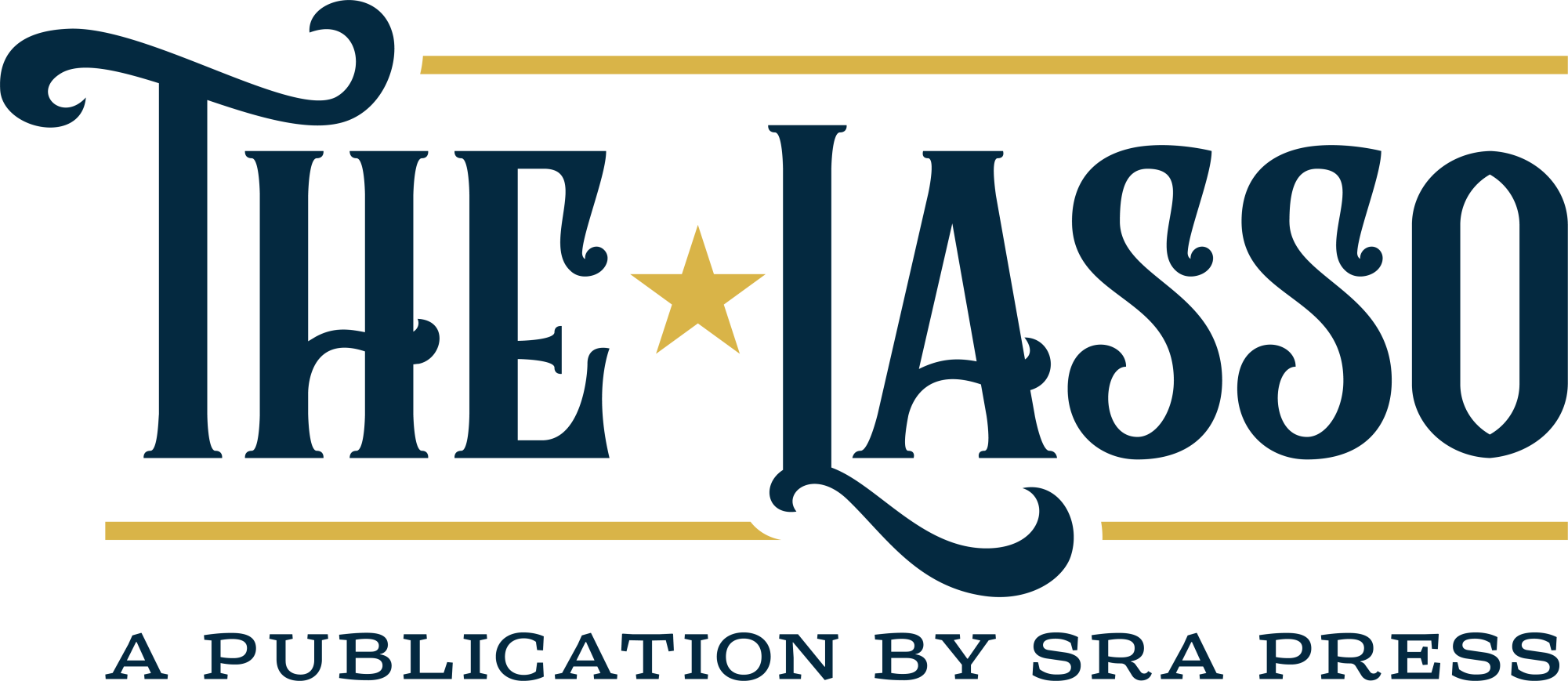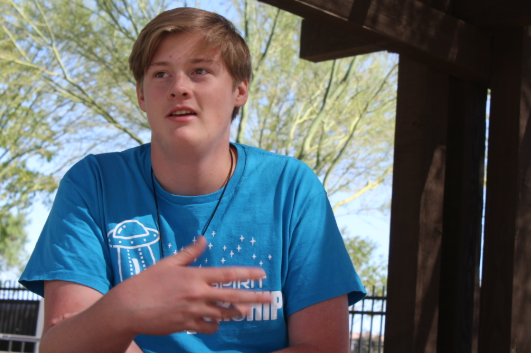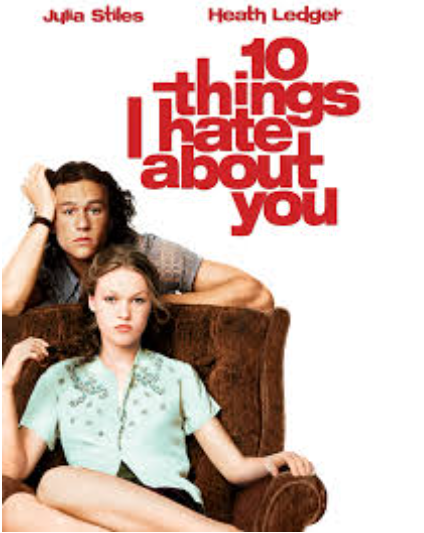
I love fairytales. I can even bet that some people who claim to not like fairytales secretly do, but are too afraid to admit it. Why do I say this?
Fairytales have been passed down through centuries, if not since the dawn of time. Living in a cottage in the middle of the forest, meeting talking animals, fairies whisking you away to magical places… it all sounds cozy, whimsical, and nostalgic. According to a publication by the TLMUN Herald, “Fairy tales, with their enduring magic and timeless themes, hold a special place in our hearts and cultural fabric. From their ancient origins to their contemporary adaptations, these tales continue to inspire, teach valuable lessons, and ignite the imagination.” Yet some people believe fairy tales to be only suited for children, and not for teenagers or adults. When teens and adults read stories, they should be more realistic and less fictional. While it is true that we should learn more about the realities about the world around us as we get older, it shouldn’t stop us from drawing back to the worlds that once brought us comfort and joy. Abigail Adams expresses her love for fairytales, with her stating, “Whenever I am down, I read a fairy tale as it gets me invested enough to calm my emotions and feel better, as I focus on the plot. This allows me to make better choices as I would not be controlled by my emotions.”
And fairytales do more than these things. The real world can cloud our consciousness and place us in an entirely materialistic, fast-paced worldview if we’re not careful. Fairy Tales help bring us out of that mindset with its fantastical elements, showing that there’s more to life around us than what meets the eye. Although noble knights rescuing graceful princesses from ferocious dragons may not apply to our modern age – or even our reality – they still show the important themes of courage, justice, and the power of good versus evil. Neither does a witch trying to lure two children to a house made of candy, but it still shows a valuable warning for children against trusting strangers. Audrina Eaton believes that, “Fairytales should be valued because not only do they provide helpful advice but they create a fun story loved by all.” Fairytales do this in an accessible way for anybody from any age, time, and culture around the world to understand.

It’s also good to keep in mind that most classic fairy tales were written in a time before modern science was developed, and basic survival was a part of everyday life. With much mystery of the inner workings of the world still veiling people’s view, people wrote fairy tales to fill in the gaps of what they don’t know with what they do. What they know aren’t facts, but human morals. Having the black and white comparisons with good and evil ignite what is called our “moral imagination,” which helps people take images and turn them into metaphors that filter their experiences in real life. According to Emily Romo, “While [fairy tales] may seem like simple children’s stories, some of them have deeper meanings than others, sometimes even darker than what is shown on the surface…. Fairy tales should be valued for their timelessness and relevant themes. Many of them deal with the balance between good and evil, right from wrong; however, if you follow the lessons they teach, they can sometimes impact the choices you make, for better or for worse.” The morals presented in these fairytales are often good morals that encourage the reader to find ways to apply to their lives: good triumphs over evil, truth prevails over lies, growth beyond what is comfortable, and so much more. Abigail shares her experience with how fairy tales have influenced her and people around her. “My favorite fairytale as a child was The Giving Tree, as it showed very meaningful and emotional scenes through a tree and a child. It was broken down enough to allow children to understand, yet still make adults cry.” This can lead to positive results by encouraging the person to pursue the betterment of the world around them, whether big or small, and not get caught up in the confusing influences of the real world itself.
Look no further than Walt Disney himself (the person, not the company)! He recreated classic tales for the audience of the time, and made his own characters that followed similar tropes of wonder and whimsy. His best works were stories that were completely outside of the WWII and postwar era in his Golden Age: Snow White and the Seven Dwarfs, Pinocchio, Cinderella, Peter Pan, Sleeping Beauty, One Hundred and One Dalmatians, The Jungle Book, amongst others. Everyone loved them. Not because of how much relatability they brought back to sense of the mind, but through the touching of hearts through its whimsical nostalgia and timeless morals. Corrin (Chloe) Santolucito perfectly addresses the aspects of timeless morals in fairytales, even now expressed in our modern media. “Through their ‘unrealistic’ or fantastical nature, fairy tales are still able to inspire lessons of compassion, caution, love, and more. The best stories are able to communicate relatable themes through [unrelatable] situations. Consider many juggernaut franchises people love: Star Wars, Marvel, Sonic, Lord of the Rings– to name a few. These characters go through incredibly [irrelevant] situations, but their writing makes them more relatable and understandable to wider audiences. If someone finds a fairytale “unrealistic” from a storytelling perspective, it may just be because that story was written for a different audience– an audience from the 18th or 19th century.”
As this may be my last article here on The Lasso, I encourage you all to go and find a fairytale to read. Could be short or long, classic or modern, slice of life or adventurous, doesn’t matter. Find one that brings warmth to your soul and inspiration for your spirit!
Now excuse me while I go watch Tangled. Have a lovely Christmas, everyone!

Resources Links
https://libguides.mssu.edu/c.php?g=185298&p=1223898#:~:text=Fairy%20Tale%20Conventions,-People%20all%20around&text=Universally%2C%20people%20enjoy%20the%20appeal,moral%20message%20for%20the%20reader.
https://medium.com/tlmun-herald/the-origins-of-fairytales-unveiling-the-timeless-meanings-of-fairytales-a5f32588df63
https://www.youtube.com/watch?v=BGZpDCz_FBw





































